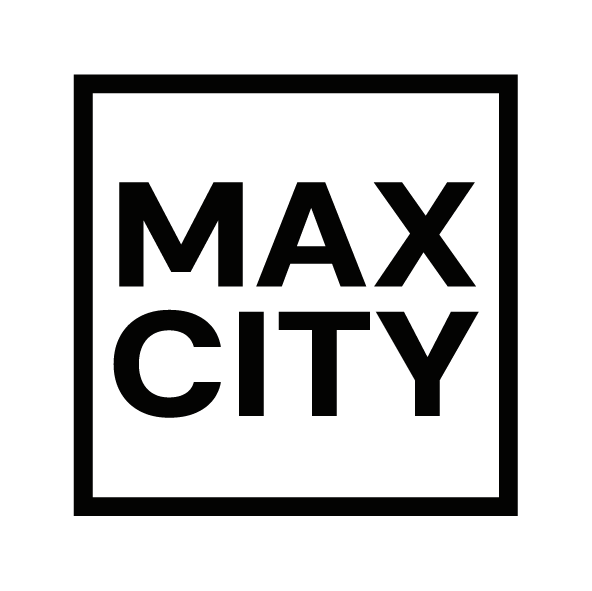When it comes to quality laminate flooring, the Austrian brand is one of the first to jump into the hands of home renovators and builders here too, as it is constantly striving to come up with new developments – it's not for nothing that the company's motto is: "Always one step ahead!". Their customers have been walking on their products all over the world every day for over 125 years, making the company one of Austria's most successful brands.
The company's history began in 1897 as a sawmill in the town of Lungötz, near Salzburg. Over the next 60 years, M. Kaindl not only worked for the domestic market, but also exported to many countries, becoming one of the world's well-known wood processors, and thanks to this, it became so financially strong that it was able to open a second factory in 1959, now in Salzburg.
In 1962, they began producing chipboard, one of the first in the world. In 1982, the Lungötz factory was reorganized to produce pressed laminates and worktops. In 1989, a major disaster interrupted the company's triumphant march: the Salzburg factory burned down almost completely, and the plant had to be rebuilt at a cost of 150 million euros. In order to generate additional revenue, the company's current hit product group, laminate flooring, was launched in the Lungötz factory that same year.

In 1999, they built a separate unit on the Salzburg site in just six months, and thus began producing MDF boards. In 2000, they handed over their Salzburg logistics center, which also opened the Kaindl Megastore: the 40,000-square-meter warehouse was tasked with ensuring smooth transportation to all corners of the world.

In 2014, they introduced another new development: a digital printer now prints the patterns of the coverings in the Lungötz factory. In 2015, the company purchased the container unloading site in the town of Enns near Linz on the Danube Canal that runs through the city, and from 2016, the Lungötz factory switched to driverless forklifts. With these developments, the company, which now employs more than 800 people, can sell 94% of its goods outside Austria: 35% to the furniture industry, 35% to the DIY market, and only 30% is sold to its own products, which we can also take a look at in their only Hungarian brand store, the MaxCity Home Furnishings Shopping Center in Törökbálint.

The most important thing is continuous innovation
Kaindl has been working hard to provide customers with better and better laminate flooring since 2010. This year they launched their Natural Touch collection, which was the first 3D textured laminate flooring in the world. Many people didn't like the click-together, compressed parquet boards before because the wood grain was only printed on them, and even though it was significantly cheaper than real wood flooring, it didn't give the impression of it. However, that's over, because these new products have already made a tangible impact.
In 2015, the company introduced the 3in1 concept, meaning that three parquet boards of different widths can be joined together, with different patterns creating numerous unique variations, the covering really imitates a plank floor quite believably. In 2016, the ENDgrain development was introduced, which means that the parquet boards have annual ring patterns that also occur on a wooden product, making the parquet boards even more similar to a real wood product.
In 2019, the company came up with perhaps one of its most important developments: AQUA PRO, a water-repellent layer that could make laminate flooring more appealing to many – since the biggest criticism against it is that it cannot withstand water, and can blister from even a jug of liquid. Their latest invention is 2020's OPTIMATT, a matte coating that minimizes fingerprints on wooden surfaces.

